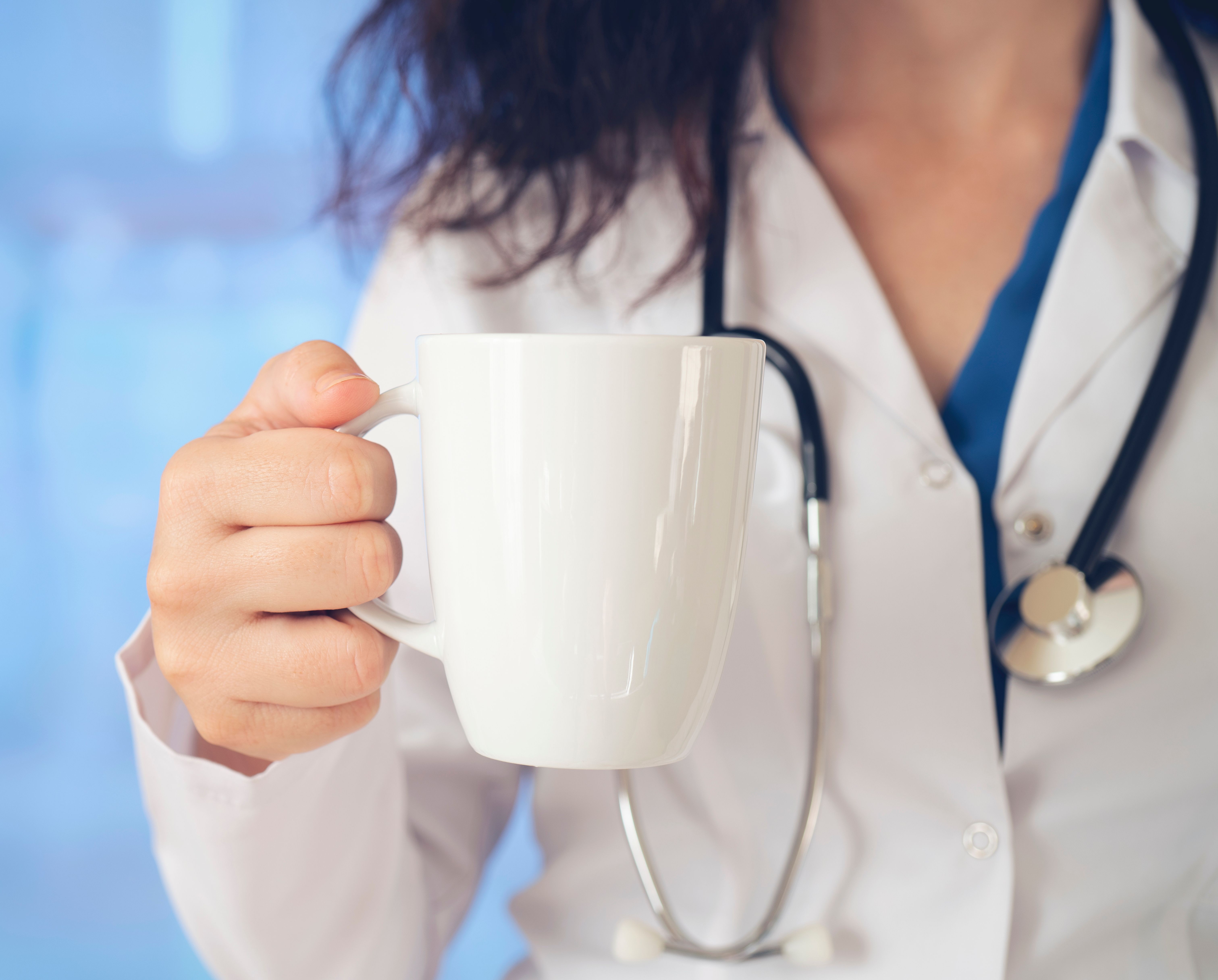Article
Update
Professional and financial news you can use
INSURANCE
Docs beat the Blues

Free food and samples? You bet
When it comes to pharmaceutical freebies, cardiologists are more likely to partake than primary care doctors, anesthesiologists, or surgeons, says a study published in The New England Journal of Medicine. Heart specialists are more than twice as likely as family practitioners to take payments from drug companies for professional services such as consulting, speaking at professional meetings, or enrolling patients in clinical trials, and were the most likely to accept drug samples and gifts such as free food in the office. On the other hand, anesthesiologists were the least likely to receive samples or reimbursements.
Overall, 94 percent of the 3,167 physicians in the study reported some kind of relationship with pharmaceutical firms: 83 percent accept food, 78 percent accept drug samples, 35 percent get reimbursements, and 28 percent accept professional service payments.
HOMES
One real estate market that's still hot
Vacation home sales popped up nearly 5 percent to a record number in 2006, though the median price softened a bit, says the National Association of Realtors. The median price was $200,000, down 2 percent from a year earlier. More than 1 million vacation homes were sold, accounting for 14 percent of all real estate sales, up from 12 percent in 2005. The hottest market for recreation-minded buyers is the South, where 38 percent of all vacation deals were made.
On the other hand, homes purchased solely as an investment (for rent or resale) have lost their appeal to speculators, with sales plunging by 29 percent in 2006. The typical investment property cost $150,000 last year, down 18 percent from $183,500 in 2005.
PHONES
Ma Bell would cringe
The typical household pays about $250 a year just for taxes and fees for phone and cable TV services, says a study by conservative think-tank The Heartland Institute. That works out to 13.5 percent of the average annual bill-more than twice the national average state sales tax of 6.6 percent. But Internet access (DSL and cable) is taxed at only 0.7 percent. Applying the averages to a hypothetical $35.99 monthly phone bill would result in an additional $6.20 tax for landline service, $4.24 for wireless service, and only 26 cents for Internet-based phone service.
Tax rates for landline phones, wireless phones, cable TV, and Internet access combined vary widely from city to city, from a low of $131 a year (5.8 percent of total charges) in Lansing, MI, to a high of $411 (18.2 percent) in Jacksonville, FL.





